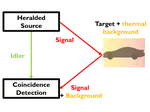Projects
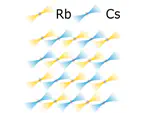
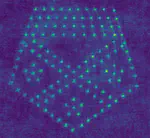
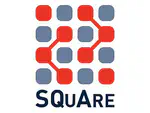
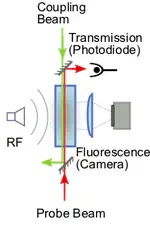
As part of an EPSRC Quantum Technology Fellowship we developed a new experimental apparatus to perform two-qubit operations using individually trapped Cs atoms. Highlights from this work included first demonstrations of single atom imaging using an sCMOS camera, high-fidelity and long-coherence entanglement generation and the first native CNOT gate protocol based on electromagnetically induced transparency. This apparatus has now been rebuilt as part of the Quantum Error Correction using Cryogenic Dual-Species Arrays project which builds on these early milestones and will integrate the system into a 4 K cryostat.
Separately we investigated hybrid approaches to quantum networking by developing optimised NbN resonators at 15 GHz for coupling Rydberg states to superconducting microwave circuits in a 4 K environment in collaboration with the Quantum Devices group at Glasgow University lead by Martin Weides. We have shown theoretically that this system can be used for demonstrations of strong-coupling and active cooling providing Q factors of 105 and above can be achieved.

